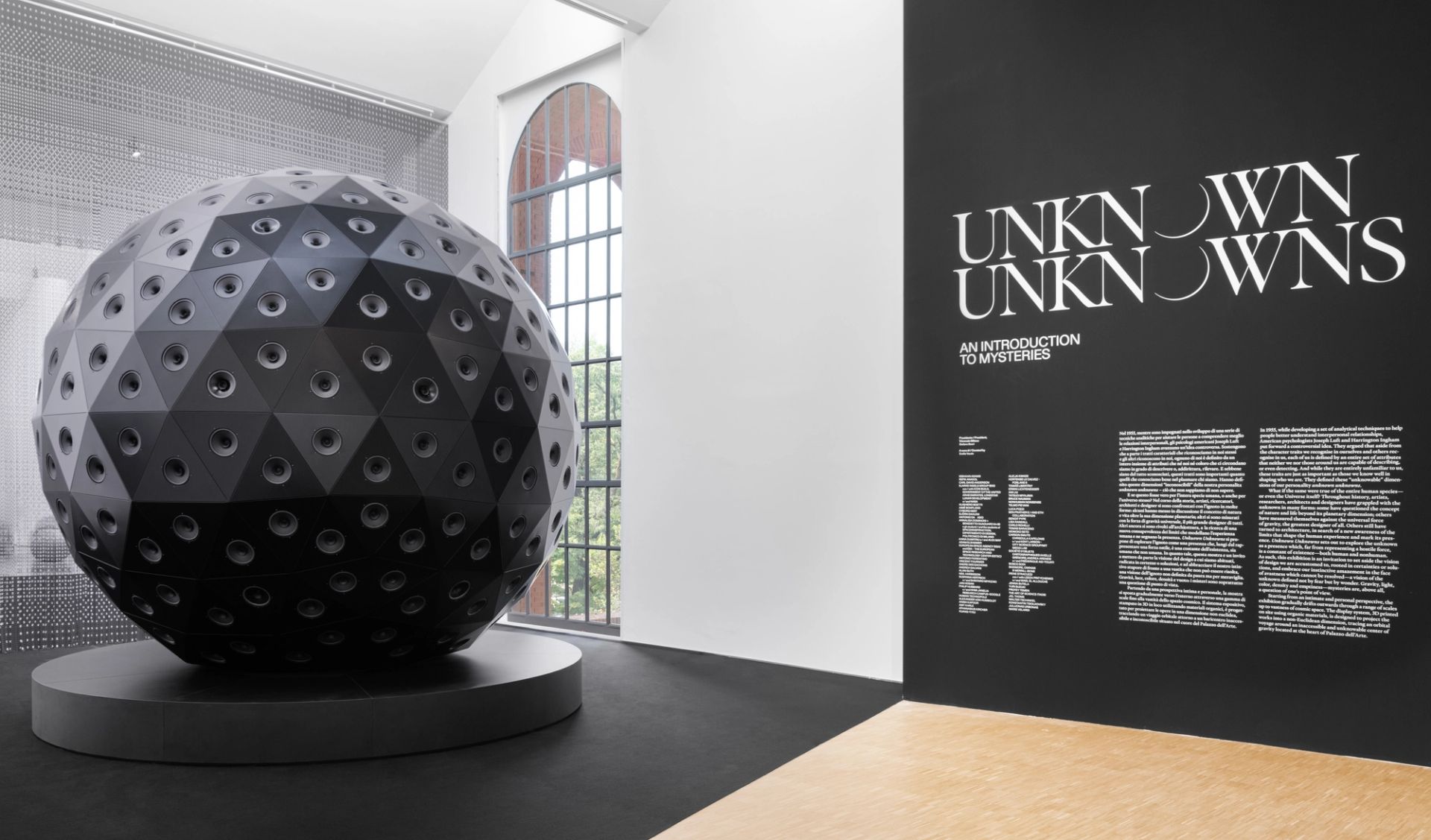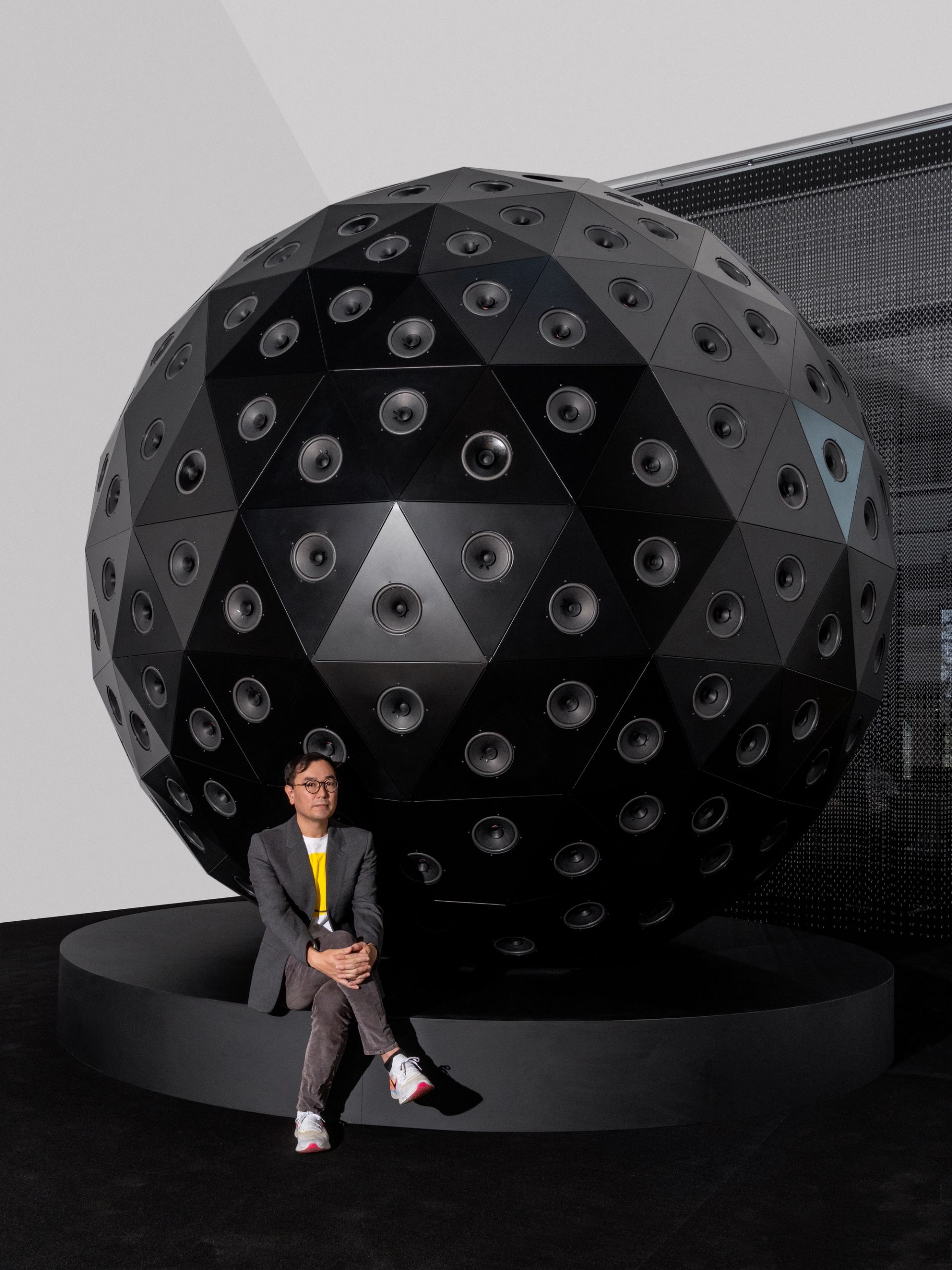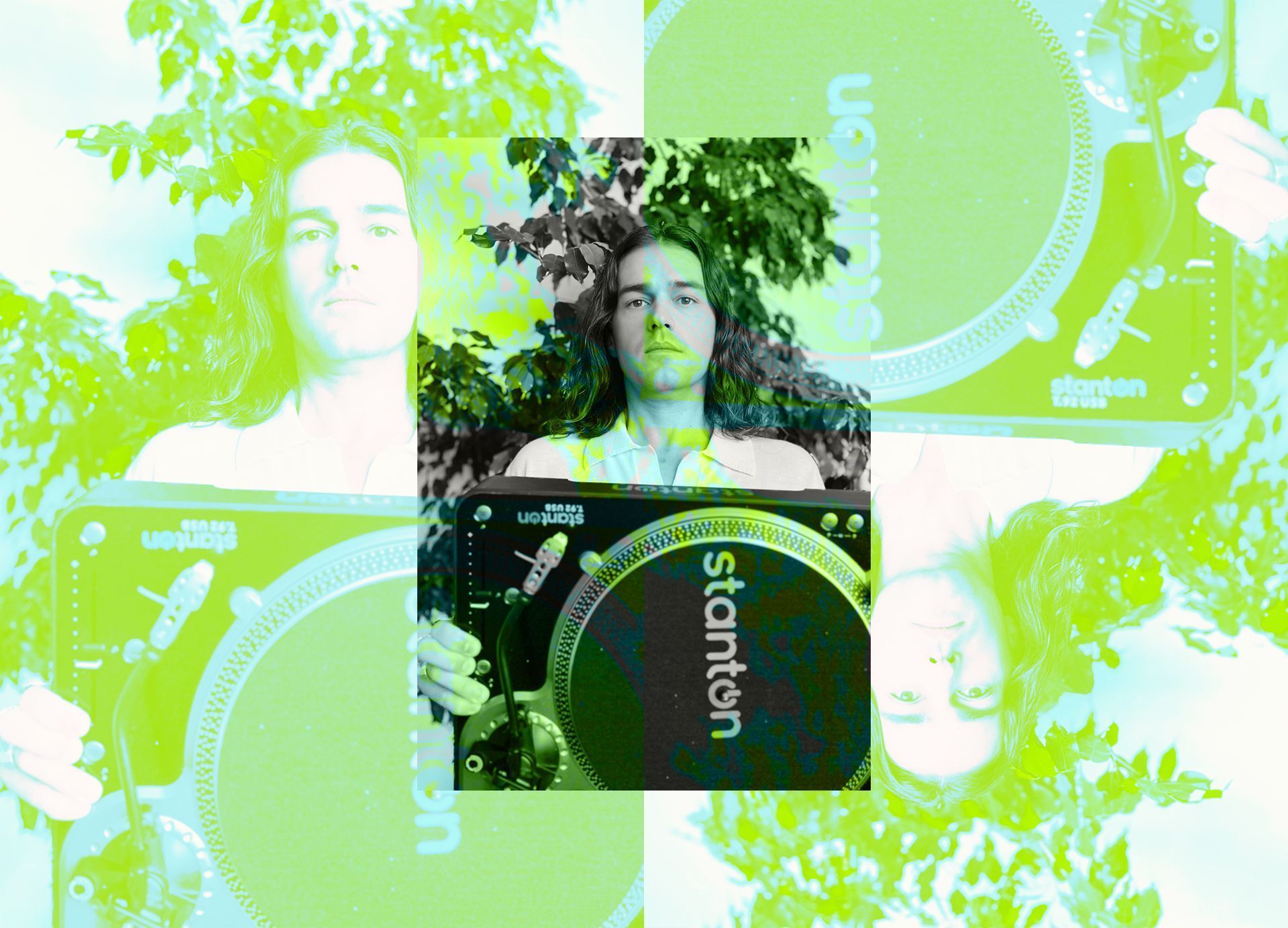Conceived by sound artist Yuri Suzuki, "Sound of the Earth: Chapter 3" is and artwork commissioned by the Triennale Milano for the 23rd International Exhibition "Unknown Unknowns. An Introduction to Mysteries" curated by astrophysicist Ersilia Vaudo. Through the interactive website, which was developed as part of the Artists + Machine Intelligence Grants at Google Arts & Culture, the project uses machine learning to link user-submitted sounds to their nearest sonic neighbors "generating a unique journey through a changing soundscape that transcends geographic borders." Within the cultural institution in Milan, the artwork unfolds as a black 4m diameter geodesic sphere around which visitors can gather to listen to the unique sounds generated by the website. In this conversation with Yuri Suzuki, we discus the Sound of the Earth series and the role of both artists and architects to provoke societal thinking to address imminent planetary issues.

Yuri Suzuki, "Sound of the Earth Chapter 3", exhibition view within "Unknown Unknowns. An Introduction to Mysteries", 23rd International Exhibition of the Milan Triennale. Photography by DSL Studio.
KOOZ “Sound of the Earth Chapter 3” follows two prior works, "Sound of the Earth Chapter 2" and "Sound of the Earth: Pandemic Chapter". Could you tell us a bit more about this series and this third edition developed specifically for the Triennale's main exhibition "Unknown Unknowns"?
YS I became interested in collecting everyday field recordings when I was travelling around the world many years ago. This experience inspired me to share these sounds with others and transport people sonically, so I started Sound of the Earth to further explore this theme.
The COVID-19 lockdowns obviously restricted people’s ability to travel so I was forced to think about ways to share these sounds online. When we launched the online Pandemic Chapter with the Dallas Museum of Art, the project really expanded for me. It followed the Sound of the Earth Chaper 2 installation, which was an interactive large-scale artwork created for Dallas Museum of Art with audience submitted sounds. I became interested and fascinated by the idea of a crowdsourced archive and how to create a platform to make it public, and wanted to create a strong link with the website and the online world that became so important to us all during the pandemic. The Pandemic Chapter was a user-friendly website where users were able to record an audio clip & map it to a virtual globe. In the first month alone over 500 audio clips were uploaded to the website – these included everything from different ambulance sirens to waterfalls to the weekly ‘Clap for Carers’.
I became interested by the idea of a crowdsourced archive and how to create a platform to make it public, and wanted to create a strong link with the website and the online world that became so important to us all during the pandemic.
I love working collaboratively, and hearing the crowdsourced sounds inspired my creativity. Chapter 3 takes this idea further by combining a digital platform with a physical artwork in Milan. It’s an auditory portrait of the world represented both online and offline which reflects the new ways in which audiences are now experiencing artworks in a post-pandemic world. It was designed to challenge how we experience foreign cultures by using machine learning to connect distinct localities to create a collective soundscape, where no land masses or borders are visible. The artwork is a reminder that everyone can find common ground and connection when we listen to each other.
The physical installation is a massive 4m geodesic sphere (composed of 300 speakers) that plays a megamix of crowdsourced geolocated field recordings that you can experience. Through active participation in the creative process, the lines between audience and artist blur, both becoming creators of the piece. Creating a hybrid online platform with a physical artwork is a really interesting experiment as people can choose how they experience and participate in the project.
The project uses machine learning to link user-submitted sounds to their nearest sonic neighbors, generating a unique journey through a changing soundscape that transcends geographic borders.
KOOZ In what ways does machine-learning/AI technology inform your artistic work, and what emerges from the reworking of human sounds through these technologies?
YS I work with quite a lot of different mediums and technologies, but it isn’t what drives my creativity. I found machine learning/AI to be quite useful when realising my ideas, so I started using it.
For this project, the website digitally represents the world as a geodesic sphere and invites users to submit and listen to sounds from all over the world from the comfort of their own home. By doing this you join the global sound archive which is being created as part of the project. The project uses machine learning to link user-submitted sounds to their nearest sonic neighbours, generating a unique journey through a changing soundscape that transcends geographic borders.
KOOZ Your work has been considered as an “auditory portrait of the world”. How do you approach and explore the very notion of “world" through your works? (Is it a synthesis between human and digital/algorithmic?)
YS It all started from a personal experience. Up until I was 26 years old, I didn’t have many opportunities to travel outside of Japan. So, when I moved to the UK I was able to visit other countries and, although all of these new cultures shocked me, it was a stunning experience.
I have been developing a fascination for sound and music for a long time, so I started to collect sounds and local music during my trips. I envisioned making an ornament of sound which led to the first edition of Sound of the Earth (a spheric vinyl record), and from there it just grew to become an ongoing life project as I continued my travels and fascination towards the places I visited.
The project increased its meaningfulness as the world became more disconnected and isolated because of the pandemic and war in Ukraine. Although it may be seen as naive, I hoped to bring people together again by unifying and gathering global sounds. I really wanted chapter 3 to blur the boundaries of the geographical borders even more than the previous editions of the project.
I really wanted chapter 3 to blur the boundaries of the geographical borders even more than the previous editions of the project.
KOOZ Your research fits within a growing number of transdisciplinary creatives that work across art and science and explore from both a tangible or intangible perspective global human and non-human factors that shape the planet. What drives your interest in the planetary, and how do you handle this scale in your research and work?
YS I find it very hard to describe what I’m doing myself as I’m naturally interested in so many different fields. Maybe it came from my origin being Japanese. I would say the Japanese have modest greed. For example, the Japanese garden was designed to be a micro landscape of the best parts of Japan. Katsura Imperial Villa in Kyoto is a modest scale garden which consists of a representation of famous Japanese landscapes which includes a pond, river, pavilion and native plants.
If you look at a Japanese Bento box, it has a lot of different dishes in small portions inside a tiny box. Maybe my creativity is guided by this mentality?
We always need to consider the question “Do we need this or not?” and ask whether the artist, architect or designer is in the right position to solve planetary issues.

Yuri Suzuki, "Sound of the Earth Chapter 3", exhibition view within "Unknown Unknowns. An Introduction to Mysteries", 23rd International Exhibition of the Milan Triennale. Photography by DSL Studio.
KOOZ Similarly to Art, Architecture is gradually focusing towards planetary concerns with global-scale projects that are expanding beyond the realm of the built. Do you see a potential synergy between the arts and architecture in the exploration, even answer to planetary issues?
YS I think we are in a position now where we need to reconsider what fundamentals are needed. Our world is already over producing food, products etc, and so much is wasted every day.
We always need to consider the question “Do we need this or not?” and ask whether the artist, architect or designer is in the right position to solve planetary issues. Speculatively speaking, a more appropriate artistic solution would be to provoke societal thinking as artists usually have their own hubris driving their intentions which may not provide the best solutions towards global issues. Somehow answers from machine-learning or algorithms might be more useful as it lacks ego and emotion. They would create very flat and dry ways to save us.
KOOZ So what role do you believe should artists play in actively raising awareness and engaging citizens in these issues?
YS Creators can make their own subjective statement by provoking society as that is partially the function of artists, architects, or designers. It might not drastically change things but if this world was without art or creation, it would be boring.
Bio
Yuri Suzuki is a UK-based sound artist who works at the intersection of installation, interaction and product design. He joined Pentagram as a partner in 2018. His work encompasses sound, music, installations, product design, and art direction.
Federica Zambeletti is the founder and managing director of KoozArch. She is an architect, researcher and digital curator whose interests lie at the intersection between art, architecture and regenerative practices. In 2015 Federica founded KoozArch with the ambition of creating a space where to research, explore and discuss architecture beyond the limits of its built form. Parallel to her work at KoozArch, Federica is Architect at the architecture studio UNA and researcher at the non-profit agency for change UNLESS where she is project manager of the research "Antarctic Resolution". Federica is an Architectural Association School of Architecture in London alumni.



